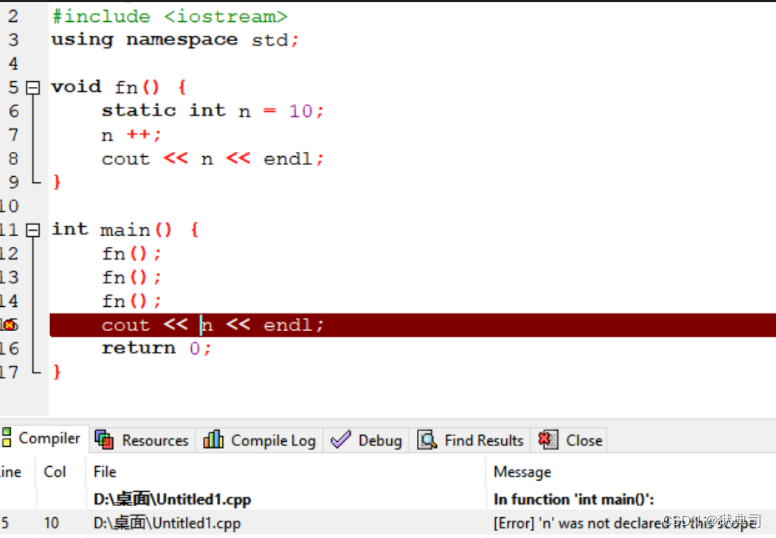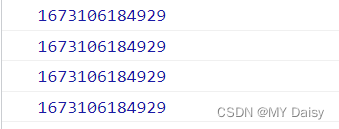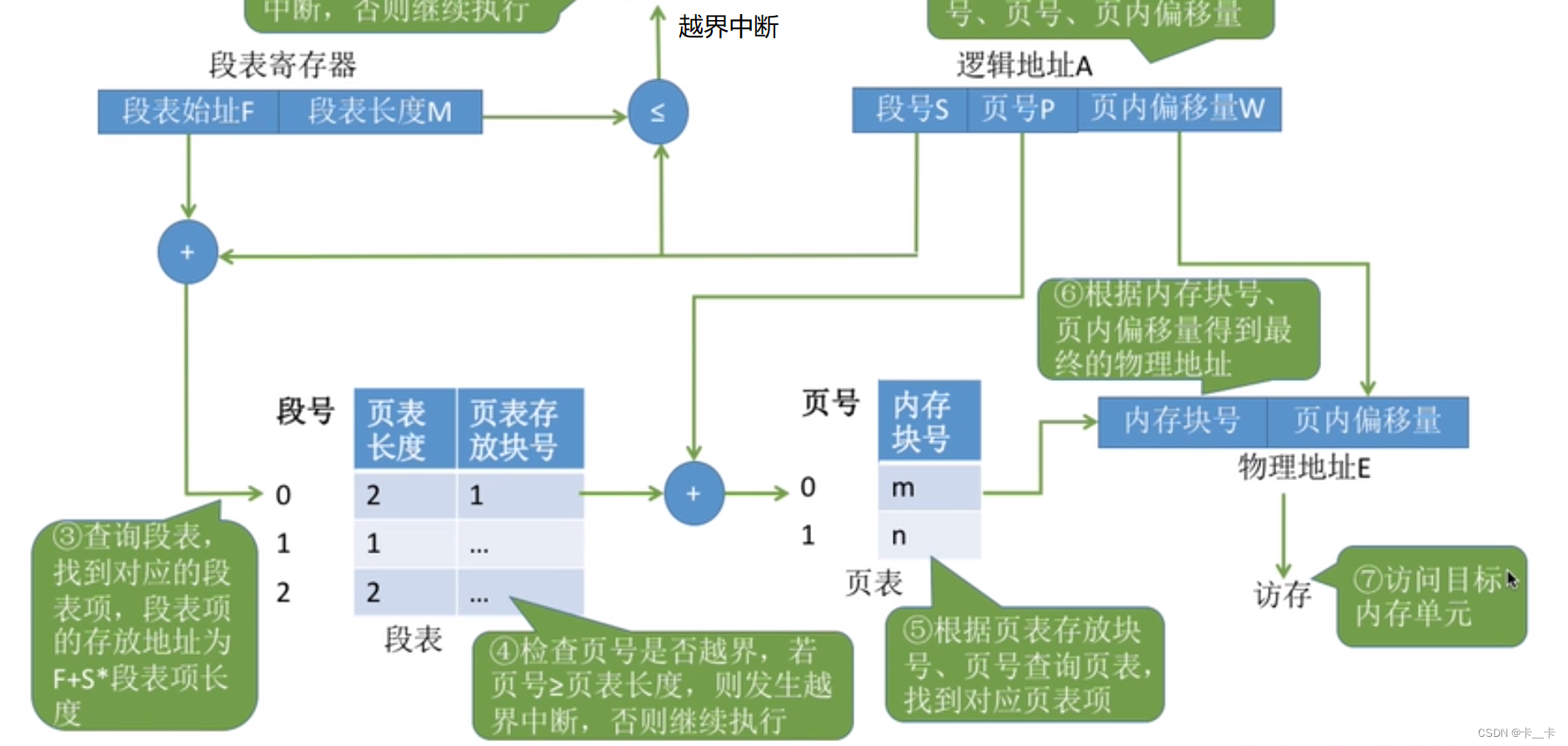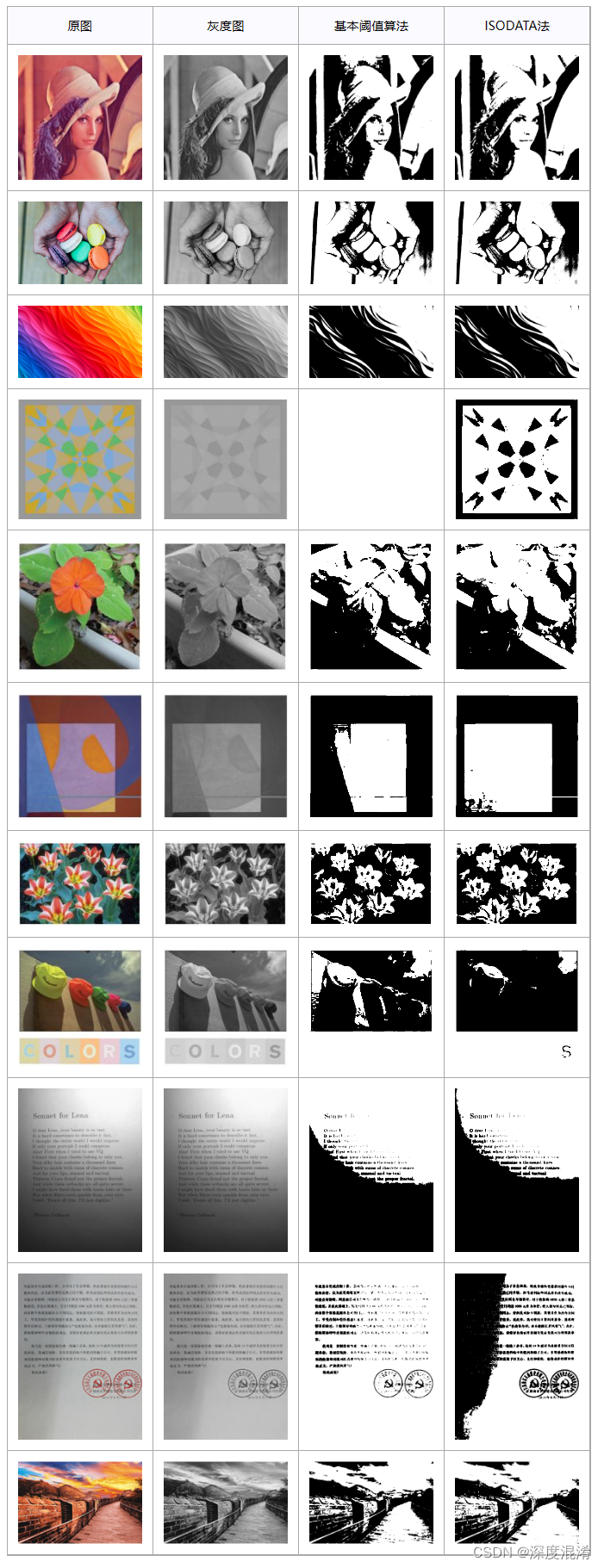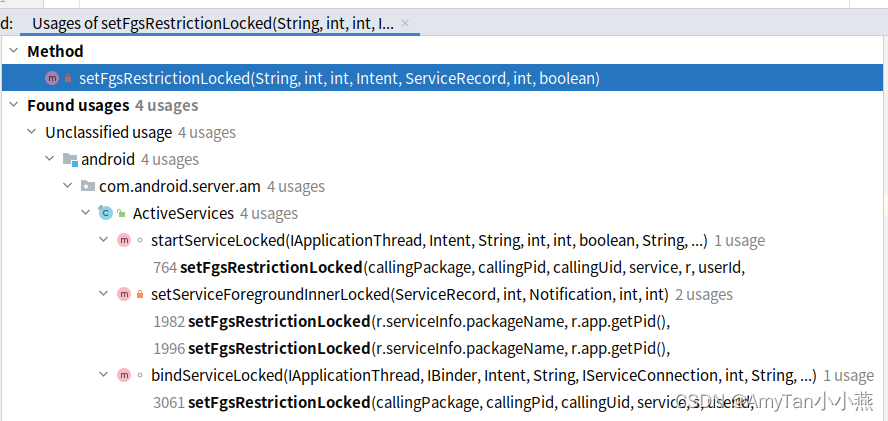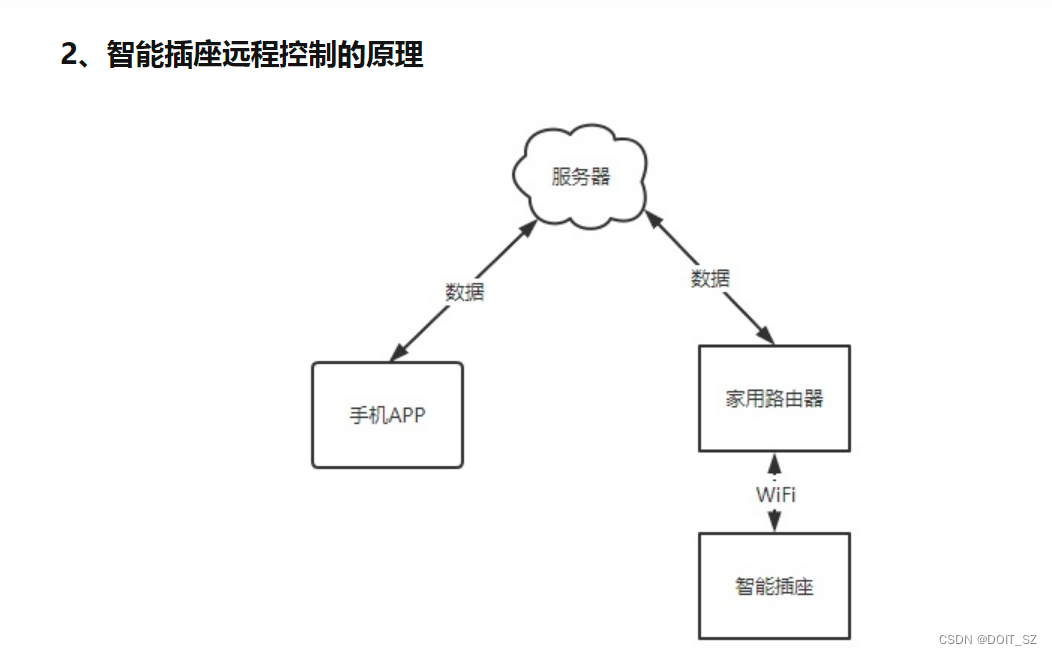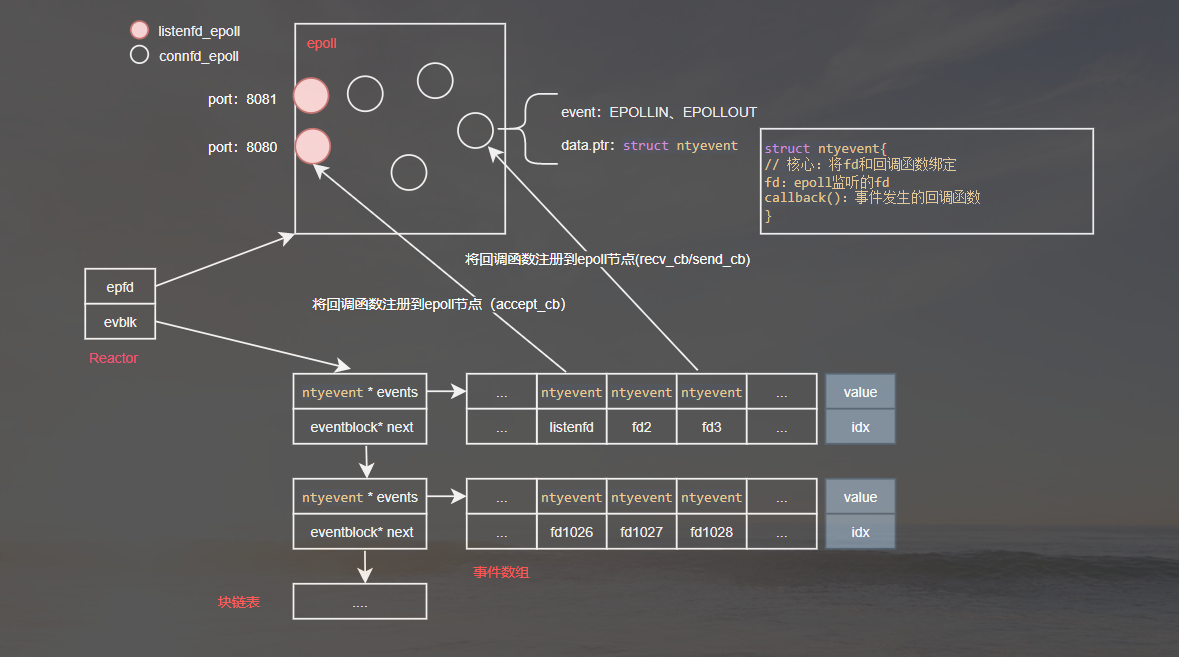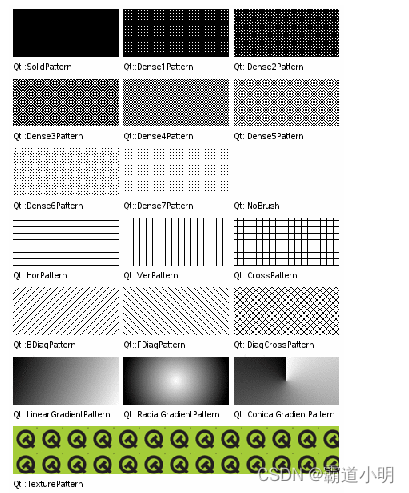离散化
介绍
这里的离散化,特指整数的、保序的离散化
有些题目可能需要以数据作为下标来操作,但题目给出的数据的值比较大,但是数据个数比较小。此时就需要将数据映射到和数据个数数量级相同的区间,这就是离散化,即哈希映射。
举个例子,数据值域范围是0~10e9,数据个数范围是0~10e5,我们不可能开一个10e9的数组去存储,因此我们需要将数据映射到从0开始的自然数,即0~10e5,这样我们只需要开一个10e5的数组就可以去存储对应下标的一些值了。
核心思想:
- 单调性(排序):首先数据必须保证是单调的,这样才能保证前后顺序不变
- 唯一性(去重):数据内没有重复的数字,因为作为下标,应当是独一无二的
- 查找映射值(二分):当数据序列经过了排序、去重等操作,它们在序列中本身的位置,即下标,就是他们离散化后的结果。查询一个数在数组中的下标,因为单调性,因此我们可以使用二分,而且因为去重的原因,我们的二分不用考虑重复数字。
模板代码:
// 去重
sort(alls.begin(), alls,end());
alls.erase(unique(alls.begin(), alls.end()), alls.end()):
// 查找映射值
int find(int x)
{
int l = 0, r = alls.size() - 1;
while(l < r)
{
int mid = l + r >> 1;
if( alls[mid] >= x) r = mid;
else l = mid + 1;
}
return r + 1; // 这里+1是映射到了1,2,...,n
}
例题

思路:
将原来的[-10e9, 10e9]区间vector<pair<int, int>> alls通过离散化映射到[1, 3*10e5]区间int a[N],然后通过前缀和求取a[N]的区间和。
这里N为什么是3*10e5呢:
-
因为题目后面对离散化数字进行了m次访问求区间和,求区间和是通过前缀和来做,因前缀和数组
int s[N]在初始化过程是需要访问离散化数组的,因此访问的左右端点也需要加入到离散化数组中。 -
这里的左右端点数据量为
2*m,即2*10e5,原本的数据个数是n,即10e5,故最终的N = 2*m + n = 3 * 10e5
代码:
#include<iostream>
#include<vector>
#include<algorithm>
using namespace std;
const int N = 3*10e5 + 10;
int a[N], s[N]; // a代表离散化后的数组,s是a的前缀和
typedef pair<int, int> PII;
vector<PII> adds, query;
vector<int> alls;
int find(int x)
{
int l=0, r = alls.size() - 1;
while(l < r)
{
int mid = l + r >> 1;
if(alls[mid] >= x) r = mid;
else l = mid + 1;
}
return r+1; // 这里加1是为了将x映射到1,2,...,n的区间
}
int main()
{
int n, m;
cin >> n >> m;
for(int i = 0; i < n ; i ++ )
{
int x, c;
cin >> x >> c;
adds.push_back({x, c});
alls.push_back(x);
}
for(int i = 0 ; i < m ; i ++ )
{
int l, r;
cin >> l >> r;
query.push_back({l, r});
alls.push_back(l);
alls.push_back(r);
}
// 去重
sort(alls.begin(), alls.end());
alls.erase(unique(alls.begin(), alls.end()), alls.end());
// 累加
for(auto item : adds)
{
int x = find(item.first);
a[x] += item.second;
}
// 求前缀和
for(int i = 1; i <= alls.size() ; i ++ )
{
s[i] = s[i-1] + a[i];
}
// 输出访问的前缀和
for(auto item : query)
{
int l = find(item.first), r = find(item.second);
cout << s[r] - s[l-1] << endl;
}
return 0;
}

